Precision Intensive Rotational Grazing (PIRG)
Purpose/Function:
This practice utilizes more intensive forms of pasture management and grazing techniques to improve water quality and the quality of forages grown on pastures and reduces the impact of animal travel lanes, animal concentration areas or other degraded areas of the upland pastures.
Initiation protocol:
PIRG can be applied to pasture intersected by streams or upland pastures outside the stream corridor (35 feet from top of bank).
Public acceptance:
N/A
Implementation Factors (level of difficulty):
Moderate. This practice requires intensive management of livestock rotation, also known as managed intensive grazing (MIG) systems, that have very short rotation schedules. Pastures are defined as having a vegetative cover of 60 percent or greater. A well-managed rotational grazing program means that you evaluate the nutritional and forage needs of your animals, assess forage quality and quantity, regulate the acreage of access and control which parts of the pasture/range to which the animals have access.
Funding Sources / Options:
Cost-share grants are available through the Maryland Agricultural Water Quality Cost-Share (MACS) Program.
Costs:
| Cost Estimates | EPA | MDA | Average |
| Initial | $- | $3,000 | $3,000 |
| Annual | $93 | $- | $93 |
| Lifespan (yrs) | 1 | 5 | |
| Annualized | $93 | $600 | $93 |
Load Reduction Efficiency:
Average Total Nitrogen removed per acre of practice per year
|
Low 0.36 lbs. |
Medium 1.41 lbs. |
High 1.66 lbs. |
Cost per pound removed = between $361 and $1,667
Average Total Phosphorous removed per acre of practice per year
|
Low 0.12 lbs. |
Medium 0.40 lbs. |
High 0.41 lbs. |
Cost per pound removed = between $1,463 and $5,000
Average Total Suspended Solids removed per acre of practice per year
|
Low 31 lbs. |
Medium 127 lbs. |
High 274 lbs. |
Cost per pound removed = between $2.19 and $19.35
Operation & Maintenance:
Many paddock managers use temporary electric fence systems to manage the size of the paddock. This allows the manager to control grazing and control access to forage to fit the nutritional needs of the class of livestock.
Climate Change Considerations:
Rotational grazing is considered a holistic practice to reducing carbon emissions as a healthy ground cover assists soils in carbon storage capacity. With heavier precipitation events predicted with climate change, a continuous (or near continuous) ground cover will protect soil resources and reduce nutrient transport. Rotational grazing has been shown to sequester 440 pounds of carbon each year.
Planning Questions to Consider:
The livestock manager must consider the expenses of rotational grazing into consideration, including more fencing costs, more labor and usually a more expensive watering system. One also needs to have portable mineral tubs and guardian animals that move with the animals.
Related Best Management Practices
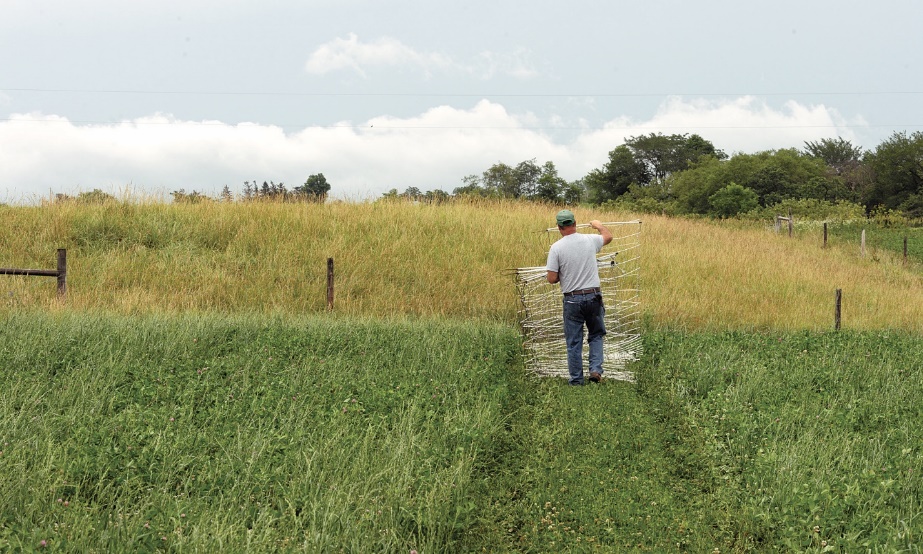
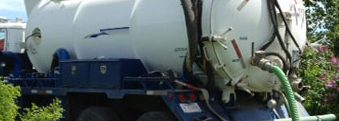


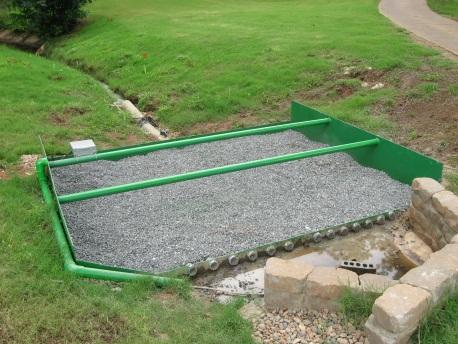
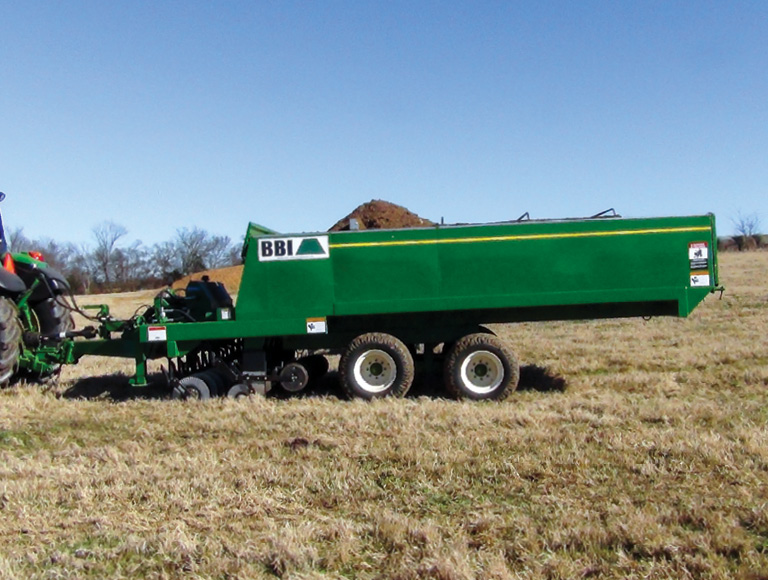
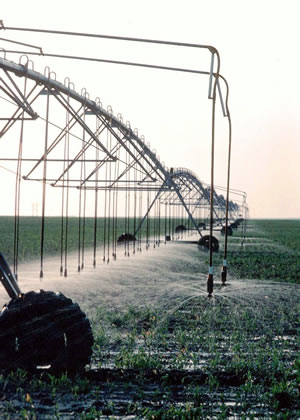
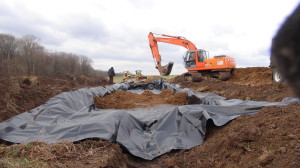
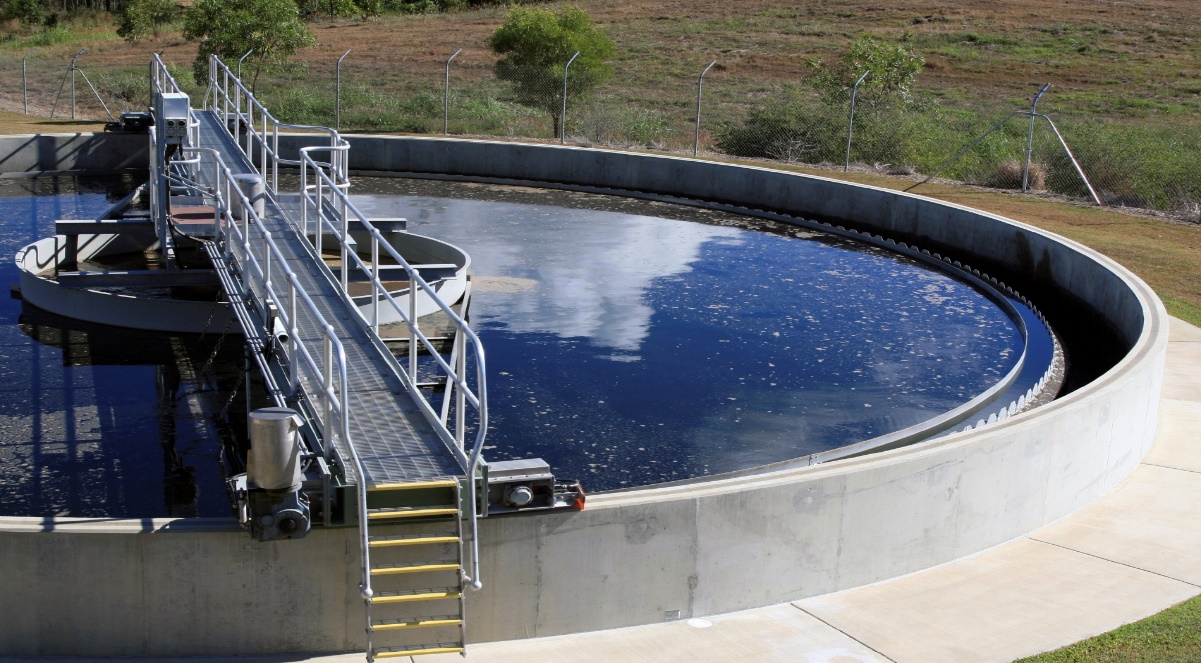


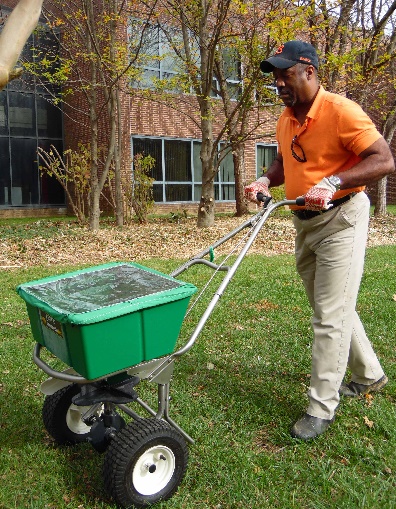

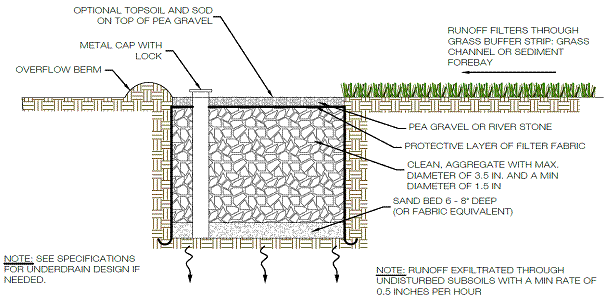
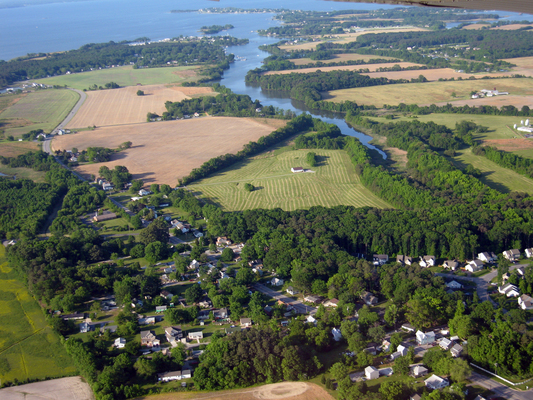
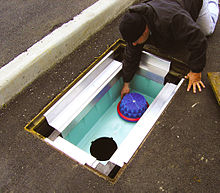
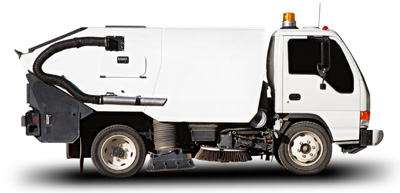
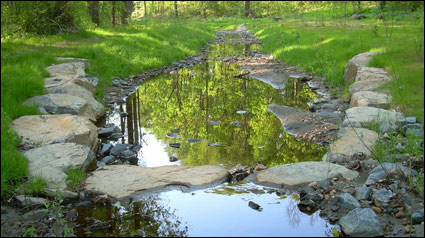
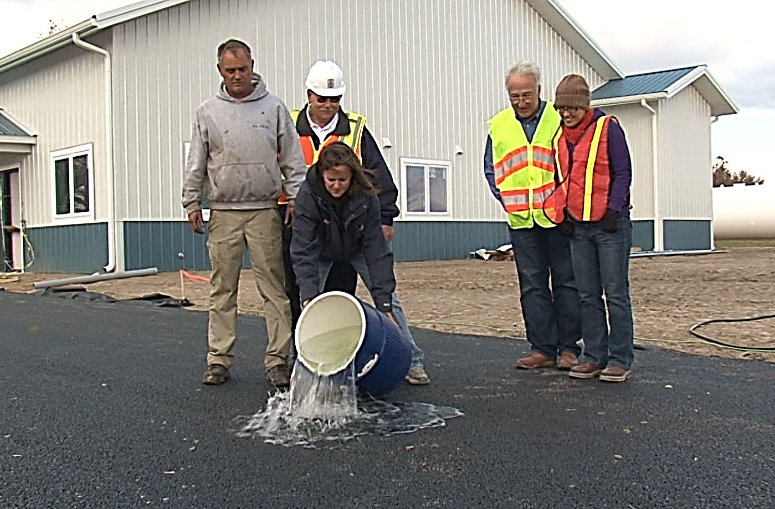
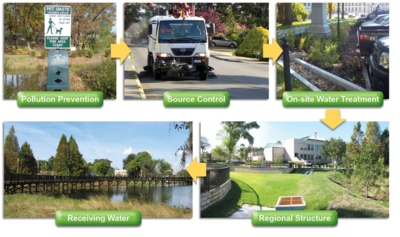
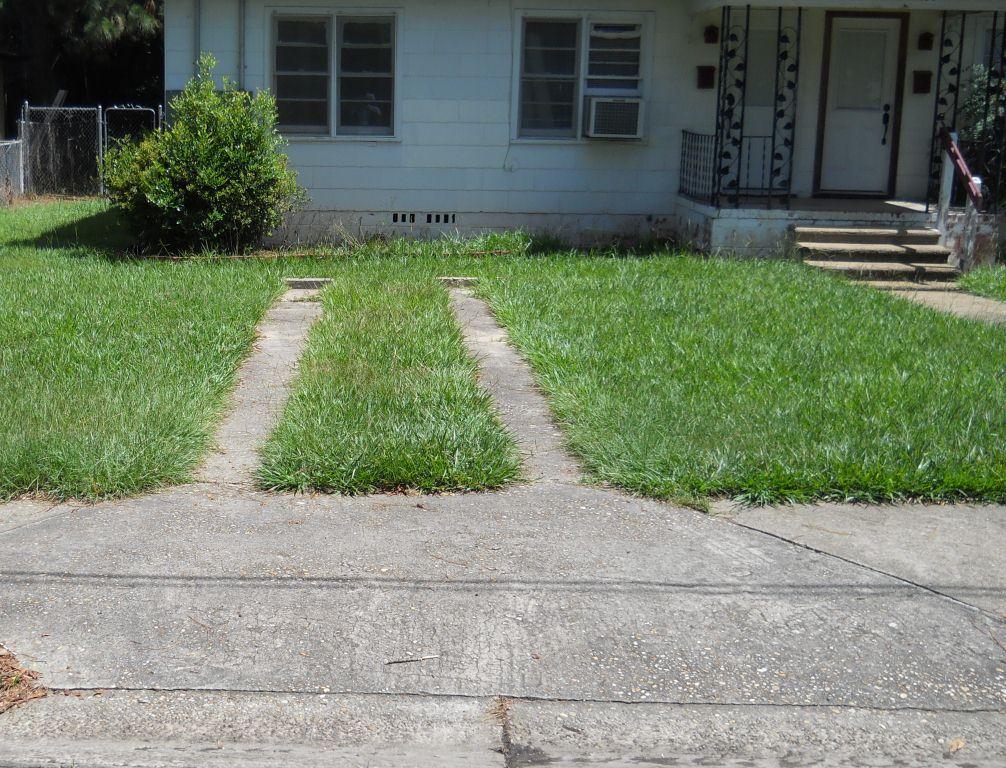
Feedback on This Best Practice